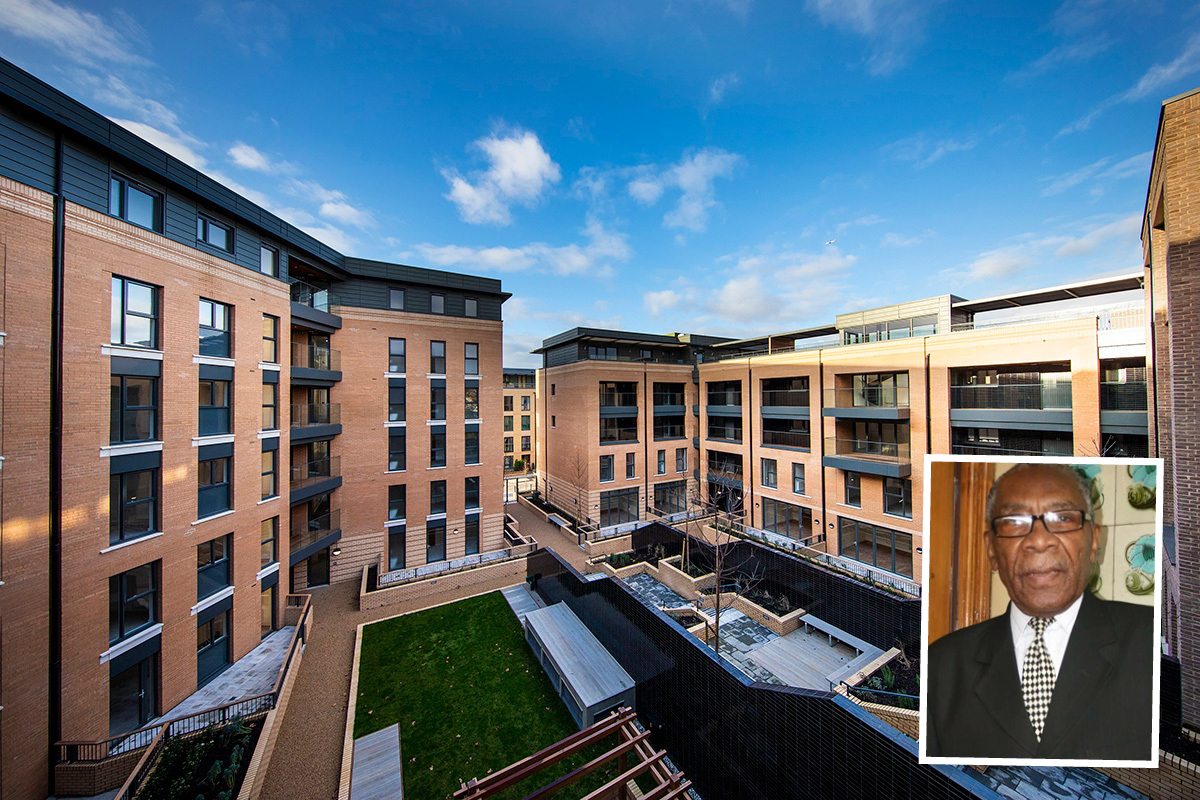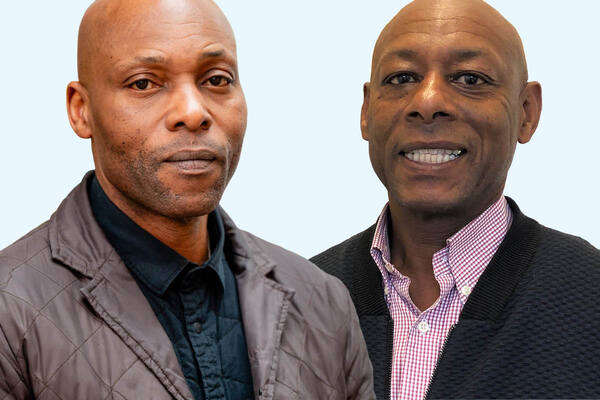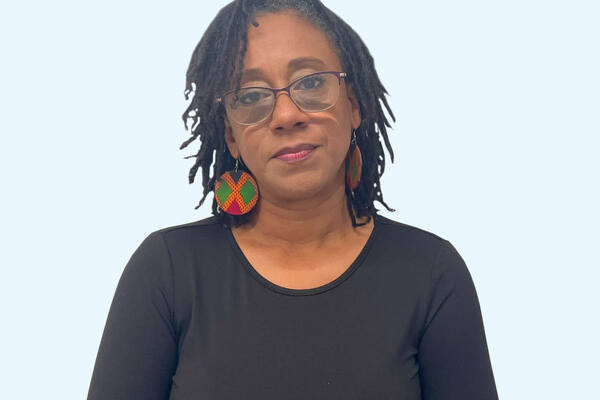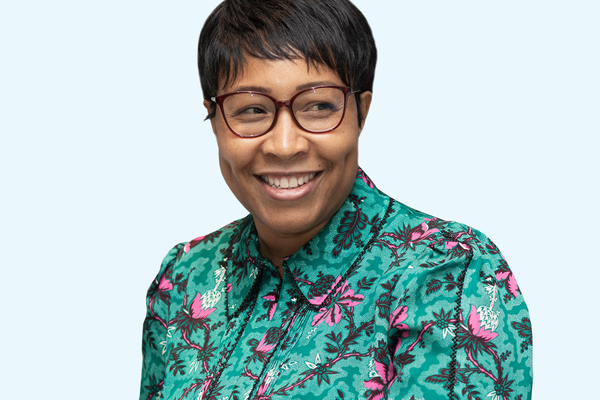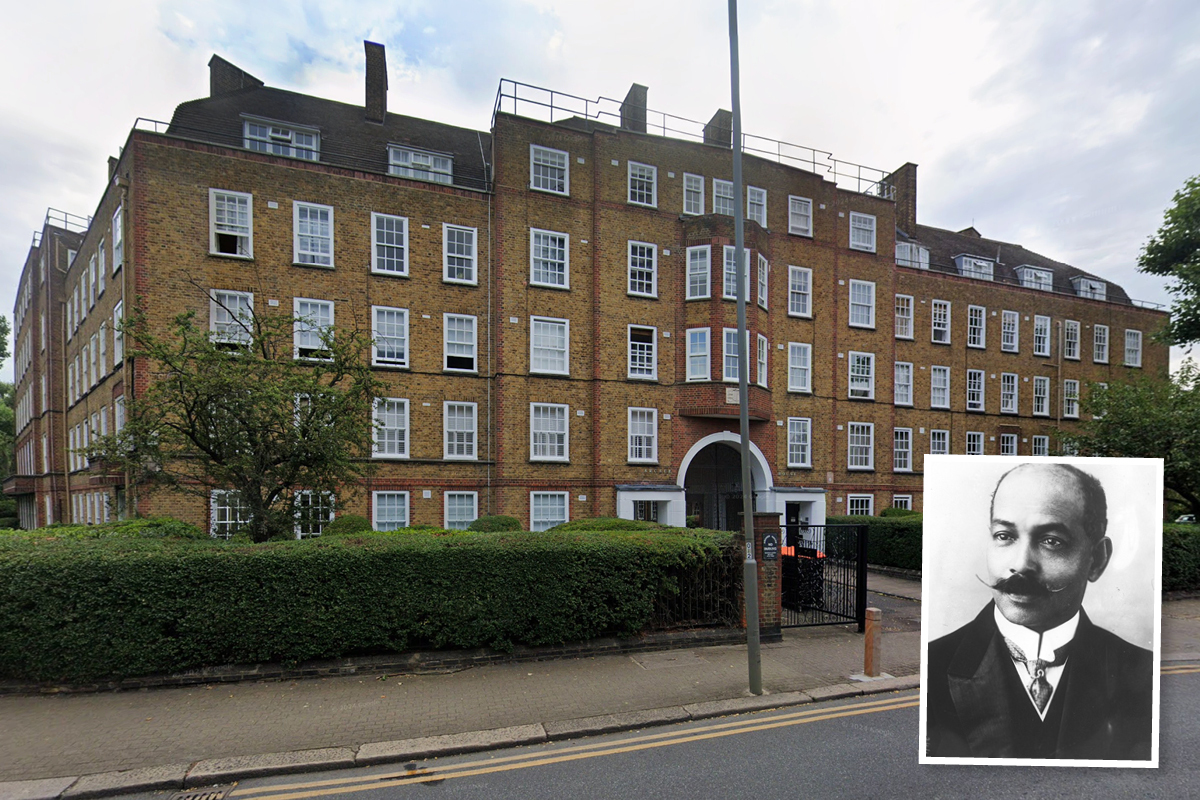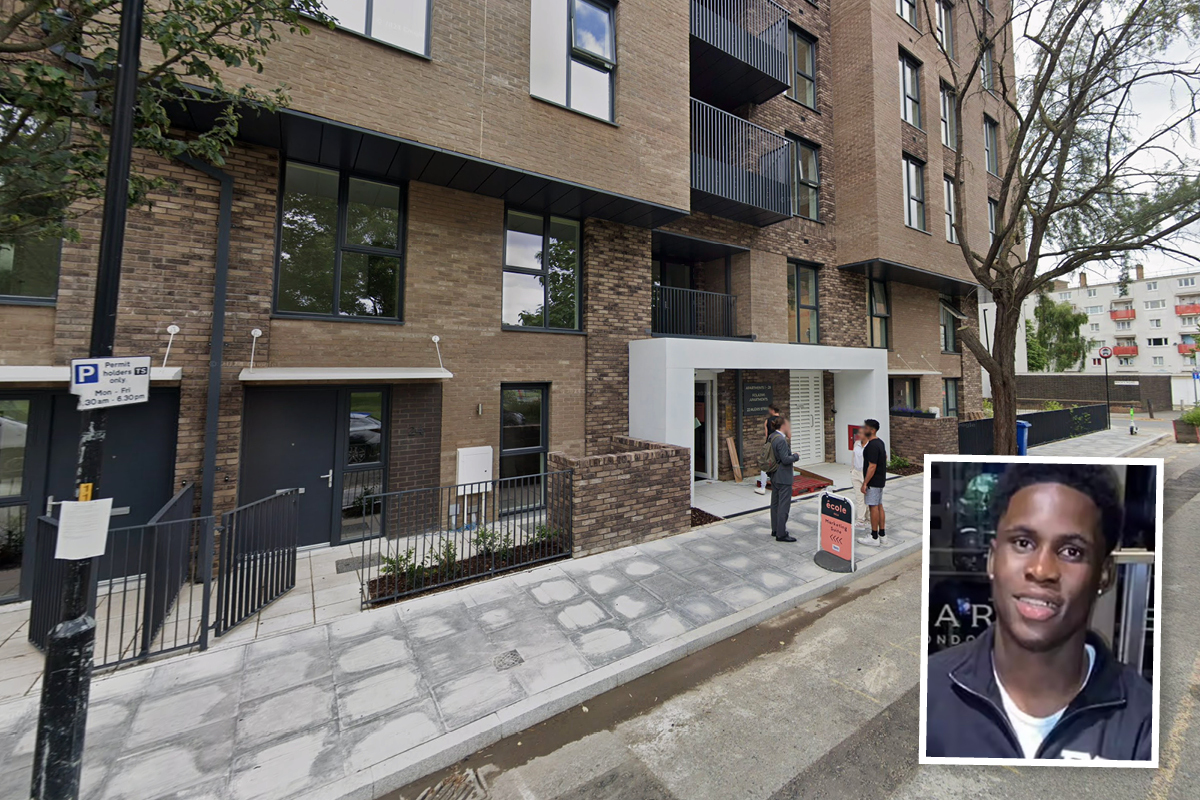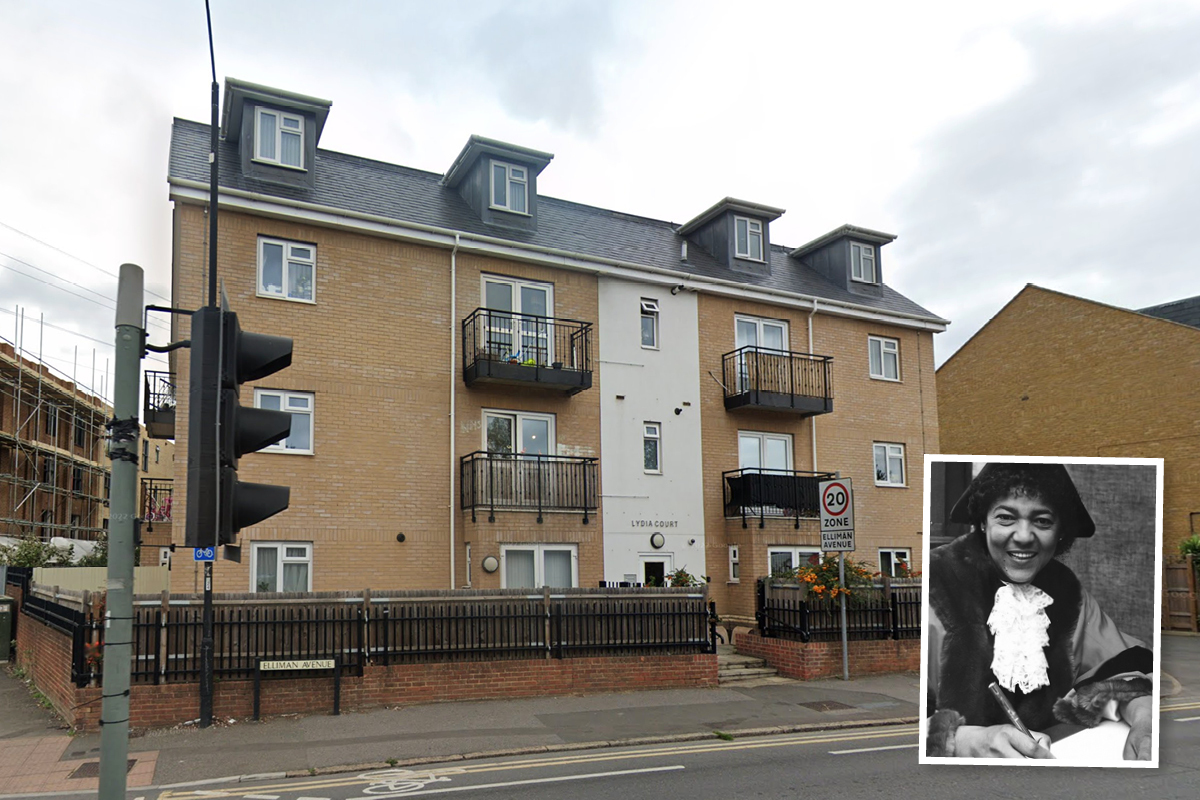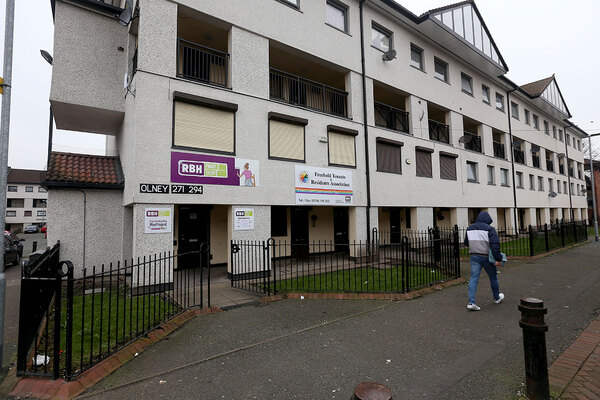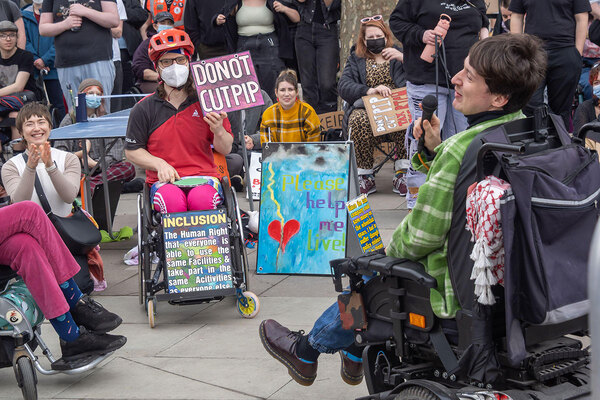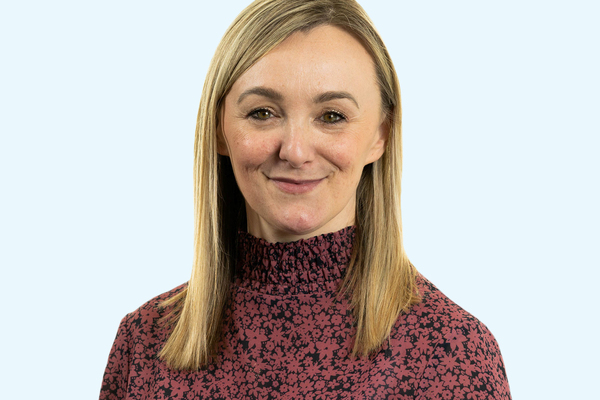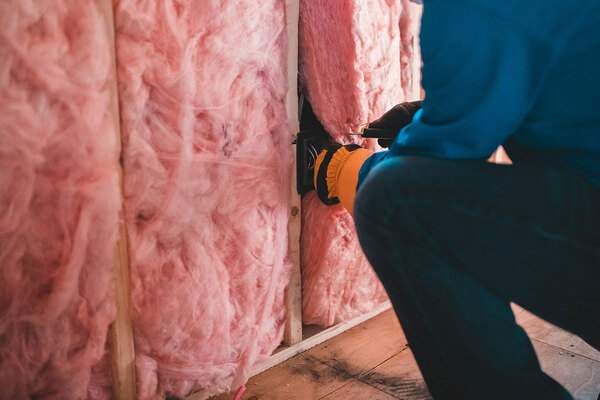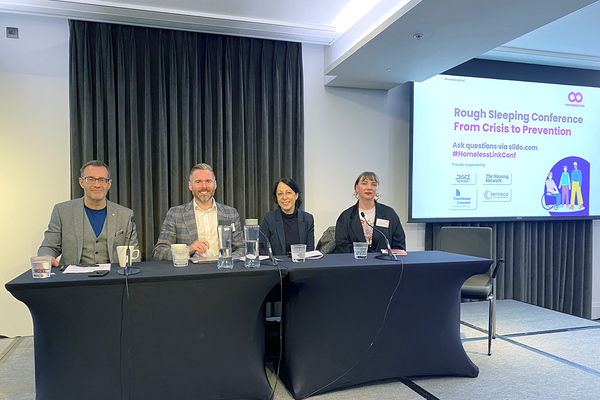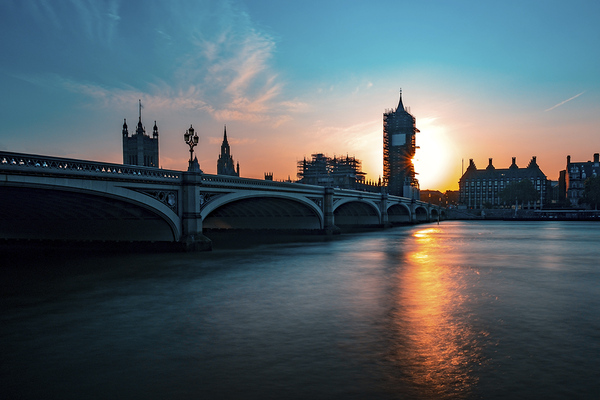How estate-naming puts Black British history on the map
A wave of new buildings named after Black Britons has emerged as efforts grow to diversify the UK’s public realm. It is an area where social housing has long played an influential role. Ella Jessel reports, in celebration of Black History Month
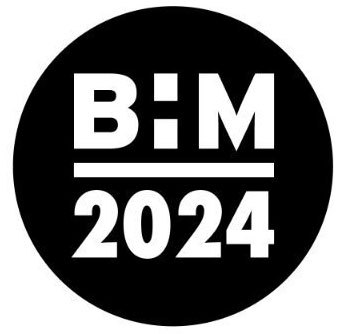
“Who’s Gertrude Paul?” local children asked when they saw her name written across Unity Homes and Enterprise’s new block of flats in Chapeltown, north-east Leeds.
Ms Paul was the first Black headteacher in Leeds, as well as a community activist and founder of Leeds Carnival. She died in 1992.
“It shows if we’re not careful, that sort of history gets lost,” says Wayne Noteman, regeneration and development director at Unity, a Black and ethnic minority-led housing association.
Mr Noteman was a former student of Ms Paul and he named the block in her memory.
The over-55s development is one of many scattered across the UK that today bear the names of Black Britons. Many emerged from Black and ethnic minority-led housing associations during the 1980s, but the Black Lives Matter movement has also led to a new surge.
Recent additions include racial justice campaigners Darcus Howe and Olive Morris, both honoured in the south London borough of Southwark, and Windrush housing pioneer Keith Shaw, who has been commemorated on the Clapham Park Estate by Metropolitan Thames Valley (see main image, above).
By inscribing the names of eminent Black figures onto bricks and mortar, these blocks are a small step to redressing longstanding imbalances in the diversity of people represented in our public realm.
Blue plaques for notable Black figures made up just 2.1% of those honoured across London, research from 2021 found. Social housing, then, can be a powerful way of honouring those who have been overlooked. Tony Warner of Black History Walks says they “embed” Black presence in our cities.
Naming estates
The whims of builders have historically determined estate names, with landowners and historical figures often popular choices. Churchill Gardens was London’s first major post-war estate and named in honour of the wartime prime minister. Blocks on the estate were named after groups of eminent poets, judges and writers.
Early examples of housing projects honouring Black Britons are rare. However, tucked away on Battersea Village Estate – a former social housing scheme built in the 1930s – in west London is Archer House. It commemorates John Archer, the first Black mayor of Battersea who was elected in 1913.
It was not until the 1980s, amid anti-racist and anti-apartheid movements, when the concerted efforts of social housing associations – many set up for Black and ethnic minority communities and in honour of Black heroes such as Steve Biko – began influencing naming conventions, according to Professor Patrick Vernon, a cultural historian and campaigner who founded the ‘100 Great Black Britons’ campaign.
Archer House, Battersea Village Estate
Archer House was built as part of the St John’s Estate in the 1930s by the London County Council. It was named after John Archer, who was elected mayor of Battersea in 1913, becoming the first Black person to hold a senior public office in London.
The estate was sold off in the 1980s. Today it is a gated development, yet Archer House remains as a permanent tribute to the former mayor’s extraordinary story.
Mr Archer also has a school and a road named after him in Wandsworth.
In Hackney, following a series of protests that shone a light on racism in the council’s housing services, the borough adopted an “anti-racist approach” to housing, which included renaming buildings.
Morley House in Stoke Newington became Nelson Mandela House to “help promote good race relations” in the borough and demonstrate solidarity with Mr Mandela’s ideals, according to a press release from 1984. The name became so ubiquitous it was given to Del Boy’s fictional block in the sitcom Only Fools and Horses.
In certain areas, however, this was a risk. Mr Warner says that Nubia Way, the famous Black-led self-build scheme in south London, deliberately chose the name Nubia to avoid being targeted by the National Front. “It was about how do we represent our Blackness without being too obvious,” he explains.
Councils tend to avoid naming blocks after living people in case of bad publicity. But in 2017, Slough Borough Council gave special approval for a new council block to be named after Lydia Simmons, the first female Black mayor in UK.
Folajimi Apartments, Southwark
Folajimi Olubunmi-Adewole, known as Jimi, was a 20-year-old man from Peckham who died in 2021 after jumping into the Thames to try and rescue a drowning woman.
In July 2024, a new block of flats on Alexis Street in south Bermondsey was named Folajimi Apartments in his honour.
The scheme was built by Higgins Homes. It includes 26 council flats owned by Southwark Council and 30 homes for private sale.
Now 86, Ms Simmons recalls how the whole community came out to celebrate, including the council housing team that proposed recognising her work in this way for improving housing policy and conditions.
“I made history for Slough, and I am proud. Forty years ago it was not so easy for a Black woman to get elected,” she says. She jokes that her husband was disappointed that the sign read Lydia Court and omitted ‘Simmons’, as he wanted his name there, too.
For those living in blocks named after eminent figures, it can be a source of pride and even catharsis.
Following the Black Lives Matter protests and the toppling of the Edward Colston statue in Bristol in 2020, councils across the country undertook audits of housing blocks, streets, parks and buildings associated with slavery and colonialism. Councils compiled ‘naming banks’ of alternatives submitted by local people.
In Camden, the council decided to rename Cecil Rhodes House in St Pancras. The new name was put to a resident vote. Although female spy Noor Inayat Khan and Black boxer Bill Richmond were suggested, residents eventually plumped for Park View House.
Lydia Court, Slough
Lydia Court in Slough was completed in 2017 on the site of the old Eschle Court in the north of the town. The 11 council flats were built for the council by Slough Urban Renewal, a partnership between Slough Borough Council and Morgan Sindall Investments.
The building was named in honour of Lydia Simmons, who in 1984 became the UK’s first Black female mayor.
Ms Simmons came to England from Montserrat in the Carribean in 1960. She was a councillor before serving two terms as mayor of Slough.
Hackney, meanwhile, is set to announce the new name for the Rhodes Estate in Dalston next year, with options including Celestine Edwards, the first known African-Caribbean newspaper editor in the UK.
Such renaming processes have faced a backlash by those who claim history has been “erased”. Professor Vernon, however, says while some want to protect Britain’s colonial history when it comes to diversity and inclusion in housing, “we have to acknowledge some of these injustices”.
“It’s about the power of the public realm. If you’ve got that influence in the public realm to name and to shape a place on based contributions of local people, I think that’s important.”
Professor Vernon himself has been recognised in this way. A community space has been named Vernon Hall on the Chalkhill Estate near Wembley, in recognition of his work locally as a former senior NHS manager in Brent.
Clive Lloyd Court, Manchester
Sir Clive Lloyd is a Guyanese-British former cricketer and captain of the West Indies cricket team.
In 1992, he opened a small social housing scheme named Clive Lloyd Court in Old Trafford, near the ground where he played for Lancashire.
The development was likely built by Community Relations Housing Association, which became a part of Manchester Methodist. The building is now owned by Great Places Housing Group.
A retirement scheme in Haringey owned by Notting Hill Genesis is also named after Sir Clive.
With the demise of many founding members of the Black and minority ethnic housing movement, the stories behind many names have been lost as properties changed hands. A central database for all public buildings named after Black figures would help to keep records, Professor Vernon says.
Mr Warner adds: “It’s massively important [to celebrate Black figures]. These names have value and their experience should be recognised. It helps to reflect the reality of cities as they are, not as some would like it to be.”
For its part, Gertrude Paul Court will simply stand as a reminder that Chapeltown has had some really good role models, according to Mr Noteman. “What [more] fitting way of remembering her, than actually calling the block after her. It’s a way of keeping that legacy going.”
Social housing projects named after Black Britons
Darcus Howe Apartments, Brixton – named after broadcaster and racial justice campaigner Darcus Howe by Lambeth Council
Elba House, Hackney – named after actor Idris Elba by A2Dominion
Ephson Court, Patmore Street development – named after Wandsworth councillor Sally-Ann Ephson by the council
Fearon Place, Sandwell – named after Bishop Horatio Fearon by Nehemiah Housing
Equiano Court, Camden – named after writer and abolitionist Olaudah Equiano by Camden Council
Harold Moody Court, Lambeth – named after physician Dr Harold Moody by Lambeth Council
Herbie Higgins Court, Liverpool – named after community activist Herbie Higgins, who was also chair of Steve Biko Housing Association, which named the scheme
Jack Leslie Point, Canning Town – named after footballer Jack Leslie by Newham Council
Lyn Gilzean Court, Nottingham – named after community figure Lyn Gilzean, who was also a board member at Tuntum Housing Association, which named the scheme
Mary Prince House, Chalk Farm – named after author and abolitionist Mary Prince by Camden Council
McCalla House, Wolverhampton – named after Bishop Theophilus McCalla by Nehemiah Housing
Merle Court, South Kilburn Estate – named after community activist Merle Barriteau by Catalyst
Olive Morris House, Brixton – named after community activist and race campaigner Olive Morris by Lambeth Council
Seacole Court, Wolverhampton – named after businesswoman and Crimean War nurse Mary Seacole by Nehemiah Housing
Tayo Situ House, Peckham – named after Southwark mayor Tayo Situ by the council
Sign up for our daily newsletter
Already have an account? Click here to manage your newsletters
